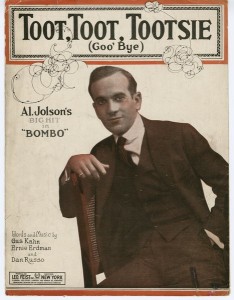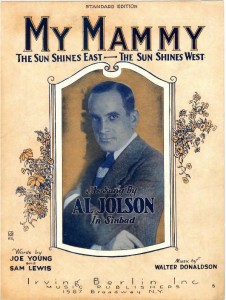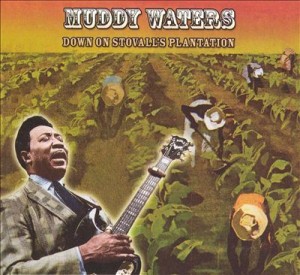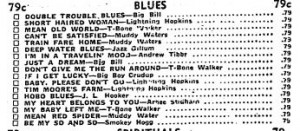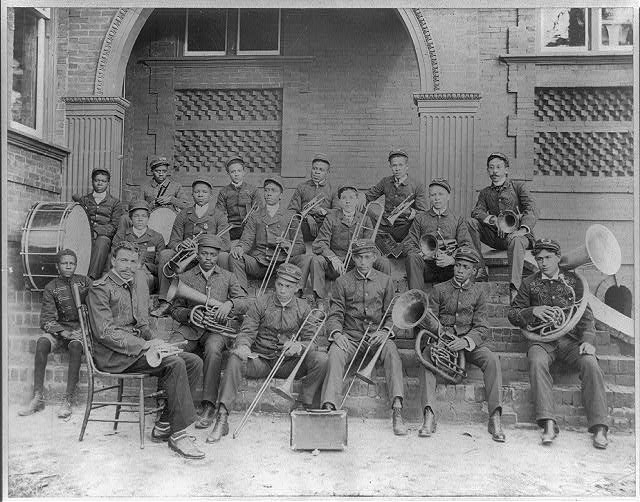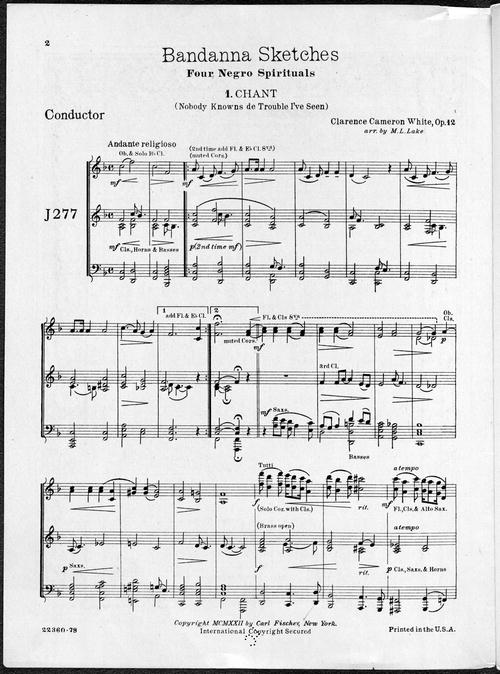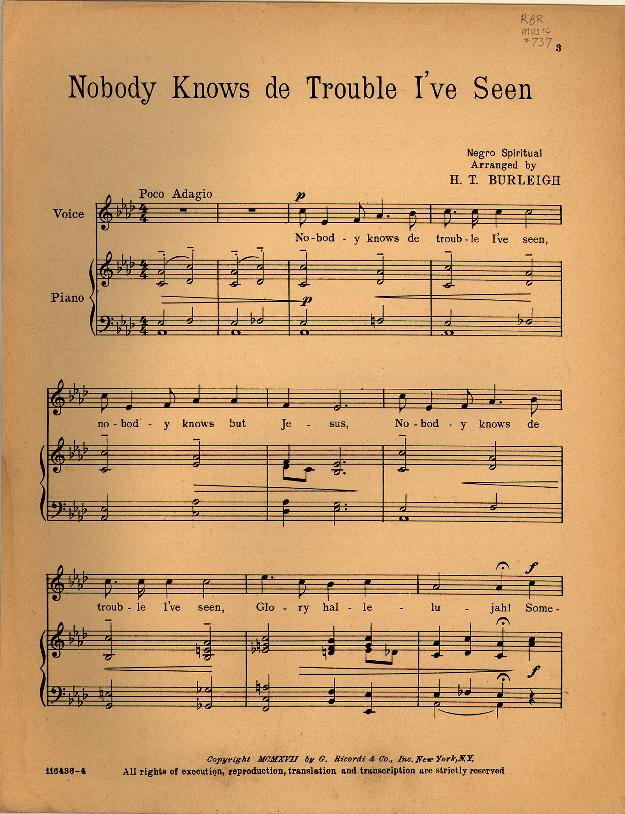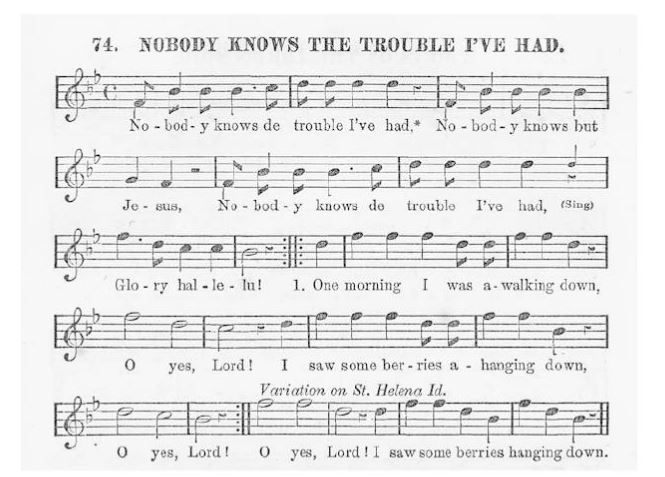John Singer Sargent, the painter in question, is American by birth. If he had elected to run for president there would be no question as to his eligibility (no one would ask for his birth certificate, certainly). Sargent, while born in America, studied in Paris, and lived most of his life in Europe. Semantics aside, it’s clear that Sargent is a Westerner and can teach us about how Western cultures interpret themselves as well as Other cultures.
Sargent’s watercolors were not his claim to fame, but he was well versed in the medium, boasting over 2,000 watercolors. Here we have his painting simply titled, Warrior. 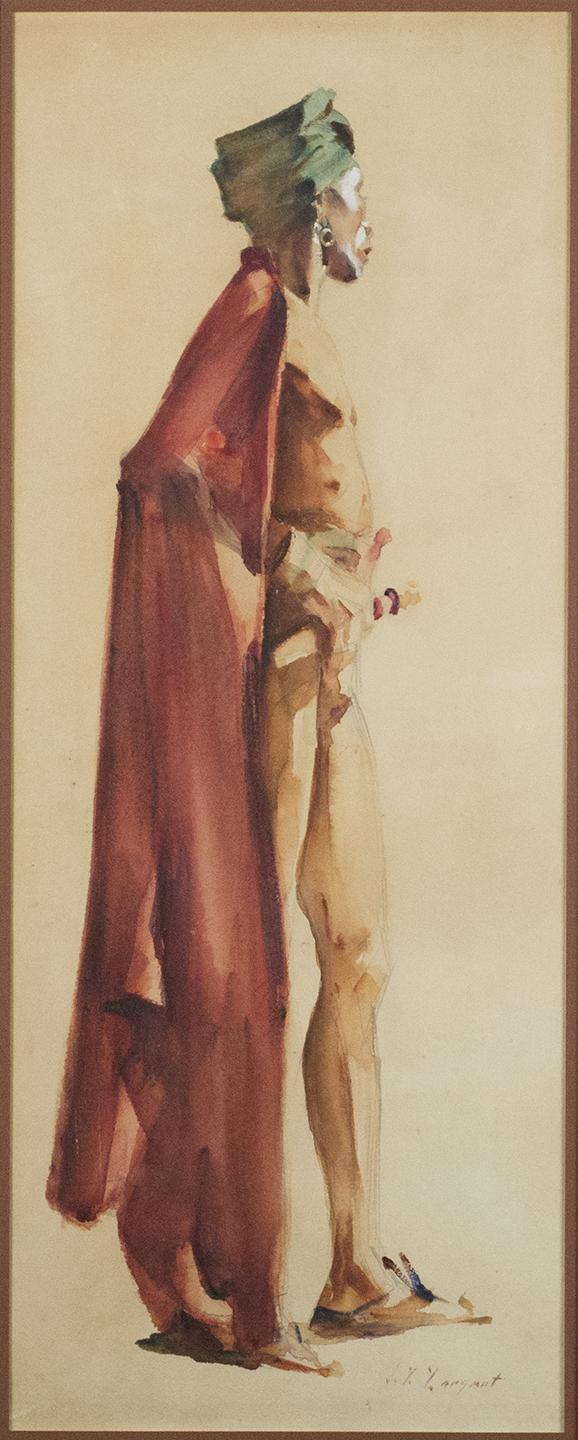
The subject is all alone in the painting, much like a portrait, but facing away from the observer. The warrior seems to be looking off into the distance as well. The warrior has specific points of detail and other places have significantly less detail. Particularly the head and left foot sandal have a lot of detail. On the warrior’s head there is an earring, shading on the head wrap, and lighting detail on the forehead and cheek. On the sandal there is an elegantly painted feather adorning the otherwise simple footwear. A long draping cape covers most of the warrior masking one whole side, the cape is mostly implied and also seems to be translucent.
The focus on the trappings of the warrior and his figure rather than choosing to put him in action (not necessarily violence) takes him out of his context. This lack of contextualization is where I think we can find a link to music written by Americans or Westerners. Pieces such as El Salon Mexico by Aaron Copland lies in the same vein of “representative” art. While this may be exactly what the model looked like has he posed for Sargent and Copland may accurately composed Mexican music, they present their art pieces without any context. This creates issues for the those receiving the work not understanding where the work came from and what weight it carries. We’ve discussed this many times so I won’t beat it to death, but there it is.

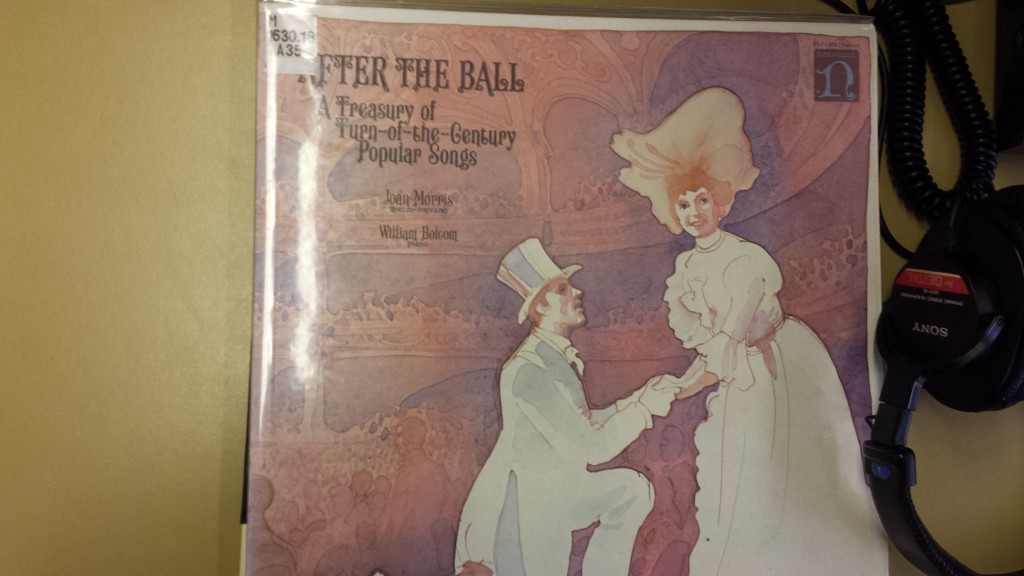
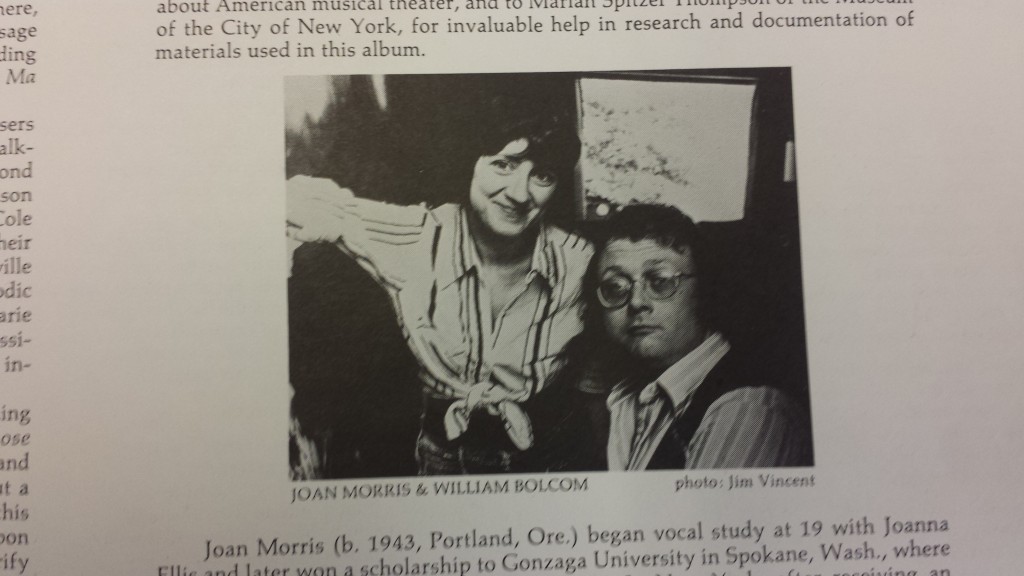
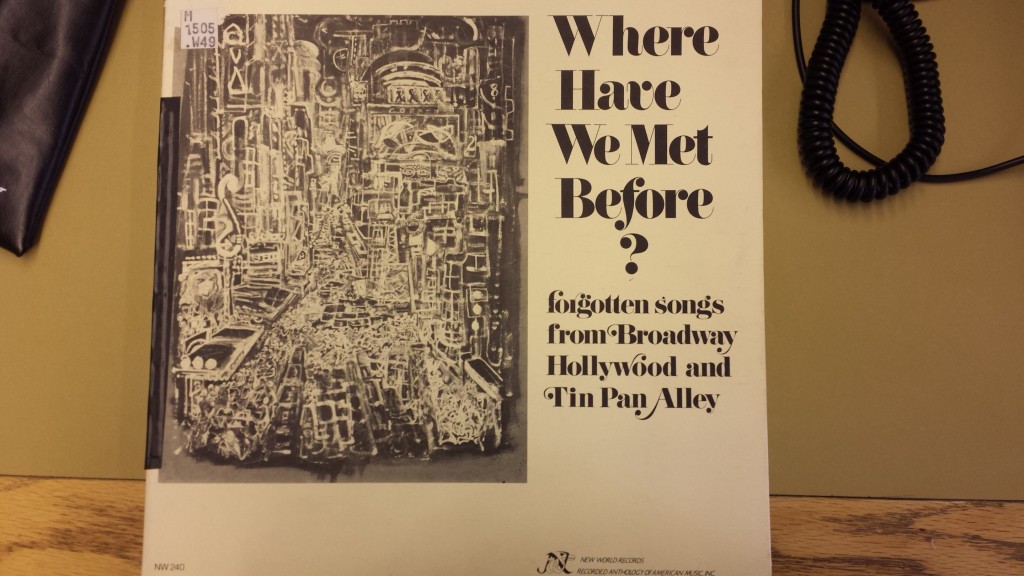
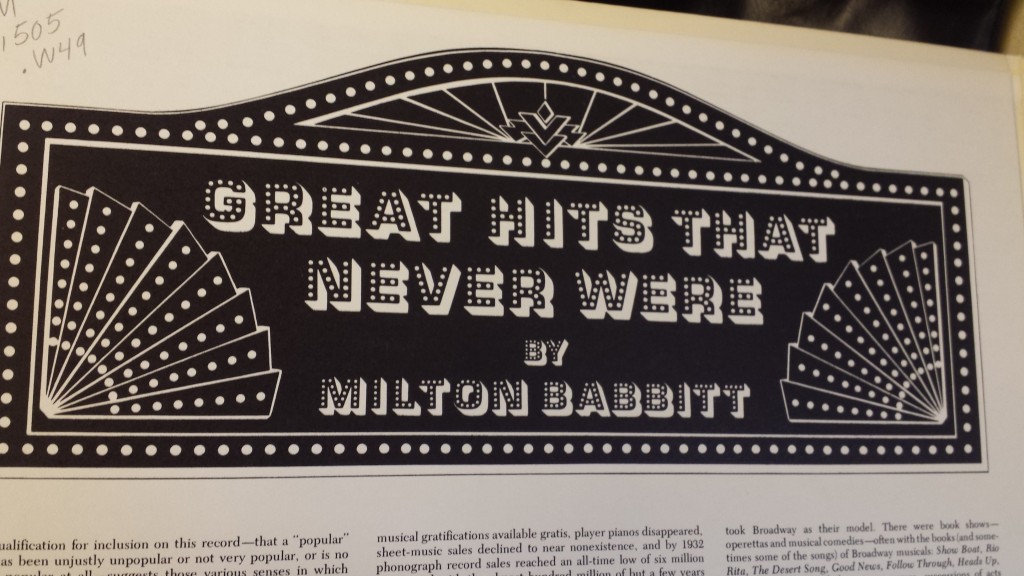
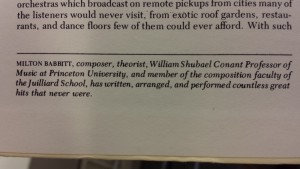
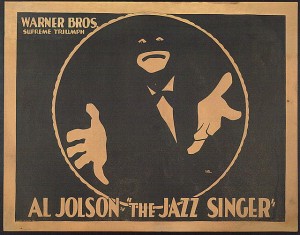 Much of the success of The Jazz Singer in 1927 is due to the massive popularity of the star Al Jolson. Regular concert goers and musical theater fans were familiar with Jolson who performed to sold-out audiences at the Winter Garden theater on Broadway. Jolson began performing in blackface make-up early in his career when he realized that it made him even more popular.
Much of the success of The Jazz Singer in 1927 is due to the massive popularity of the star Al Jolson. Regular concert goers and musical theater fans were familiar with Jolson who performed to sold-out audiences at the Winter Garden theater on Broadway. Jolson began performing in blackface make-up early in his career when he realized that it made him even more popular.